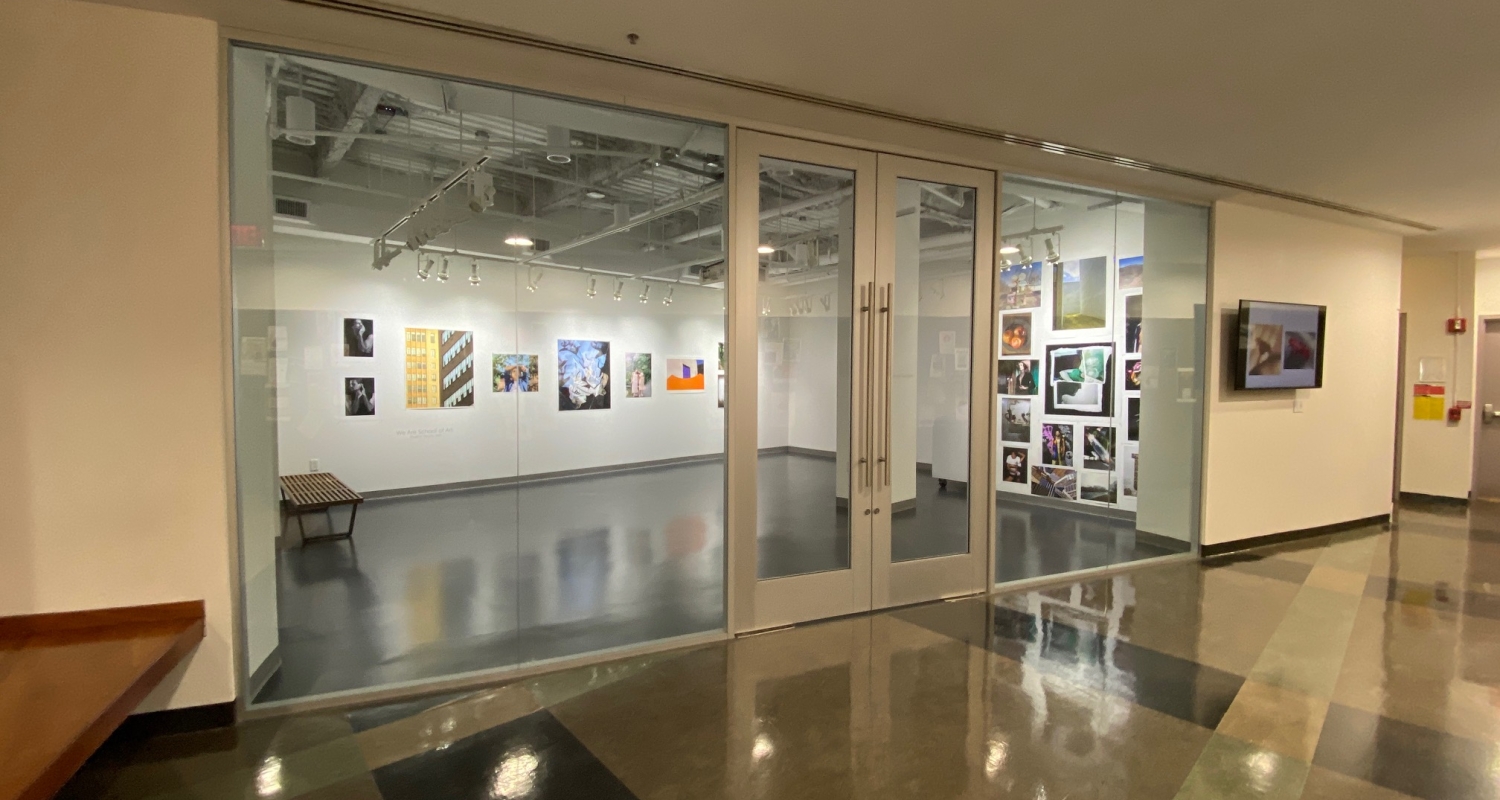
The Photography Gallery
The Photography Program Gallery features contemporary photography exhibitions.
The gallery offers a regular schedule of contemporary photography exhibitions by established and emerging photographers from around the world. Students in our Photography program have the opportunity to closely examine work from leading image makers.
Our recently expanded and renovated gallery space includes 75-100 linear feet of gallery walls, projection capabilities, and state of the art tunable LED lights on the 15th floor of Terra Hall.
Address
Terra Hall
211 S. Broad St., 15th floor
Philadelphia, PA 19102
Exhibitions: Terra Hall, Room 1502 (unless noted)
Receptions: Terra Hall, Room 1502, (unless noted)
Past Exhibitions and Lectures
2024
LISSA RIVERA
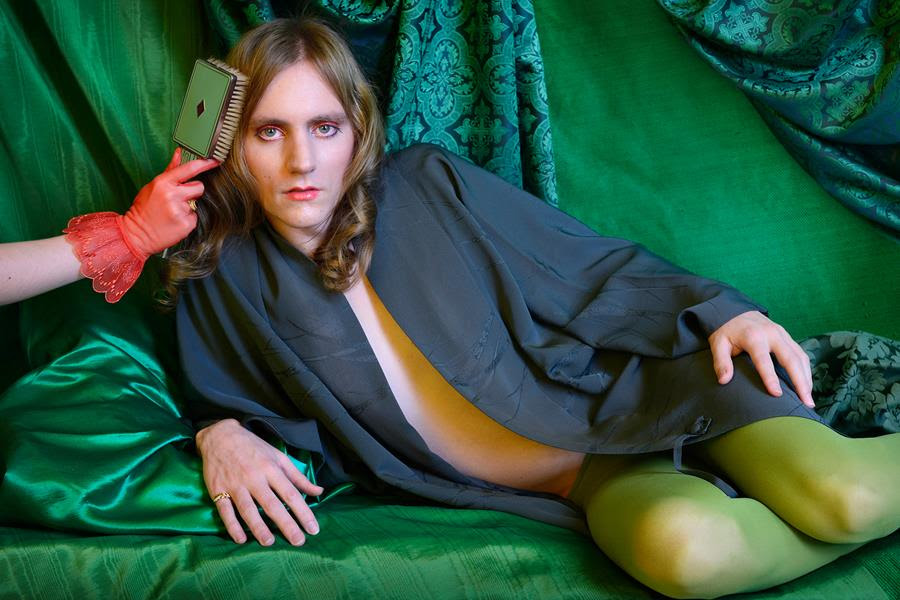
Exhibition: Jan. 27 - April 1, 2024
Reception: March 6
Lissa Rivera is a photographer and curator based in Brooklyn, New York. She received her MFA from the School of Visual Arts, where she became fascinated with the social history of photography and the evolution of identity, sexuality, and gender in relationship to material culture.
2023
KRISTA SVALBONAS
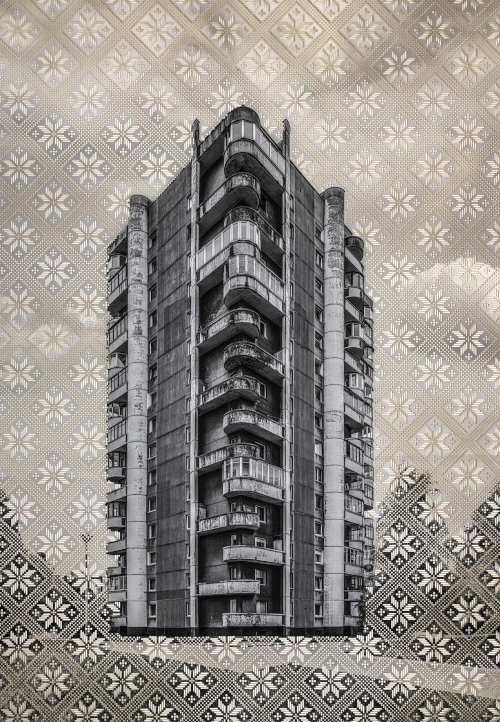
Exhibition: Aug. 28 — Dec. 7, 2023
Artist talk and reception: Oct. 12
Krista Svalbonas explores architecture’s relationship to cultural identity, social hierarchy, and psychological space in a show called Remnants. Svalbonas’ cultural background as an ethnically Latvian/Lithuanian artist informs the work, which relates to ideas of home and dislocation. Svalbonas’ parents spent many years after the end of WWII in displaced-person camps in Germany before they were allowed to emigrate to the U.S. Her connection to this history has made her acutely aware of the impact of politics on architecture, and, in turn, on a people’s daily lived experiences. This exhibit highlights two recent bodies of work that focus on the history of the Baltic states surrounding WWII.
A COLLECTION
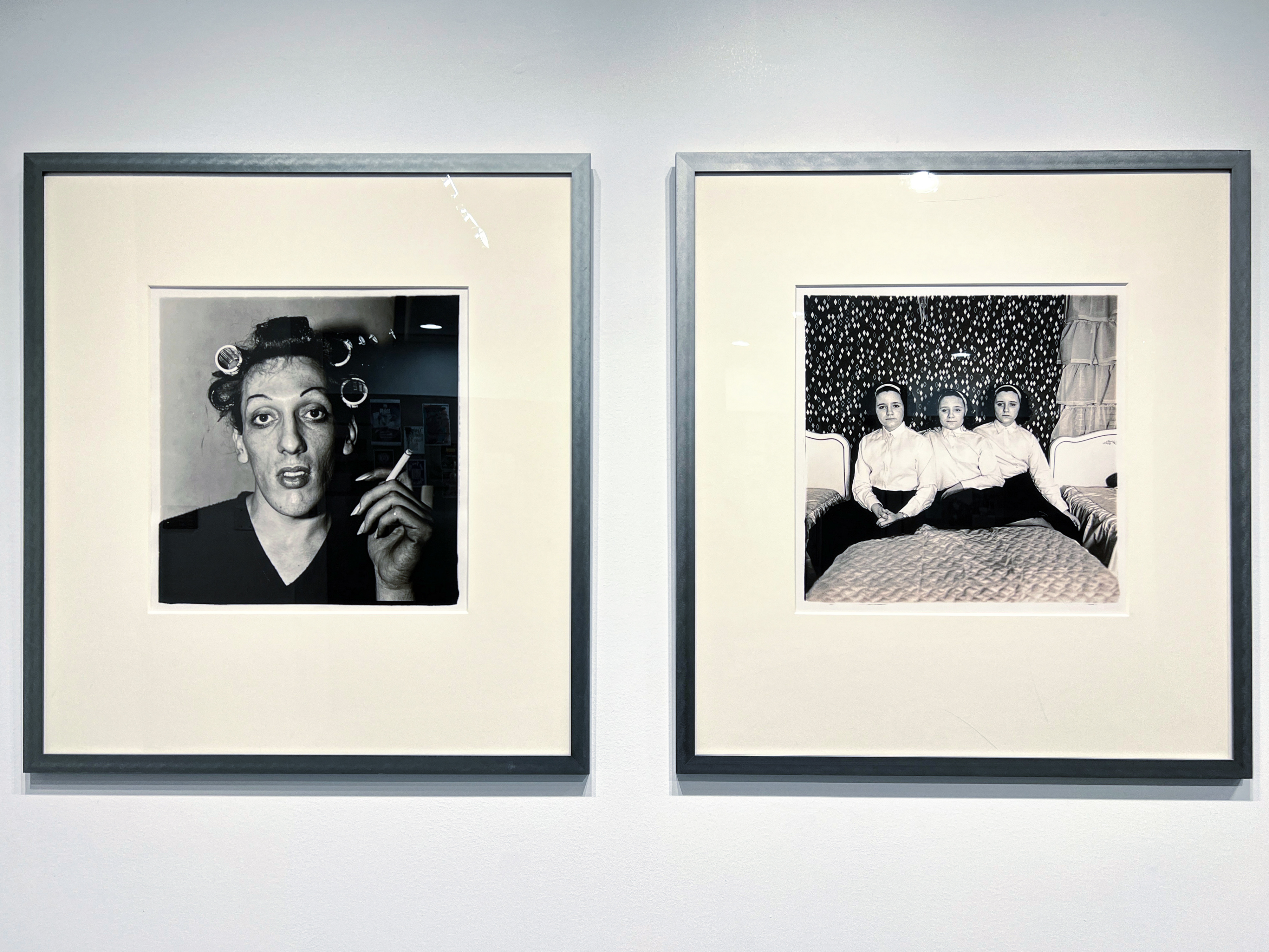
Exhibition: Spring 2023
Visitors to the current installation will surely be struck by the rare encounter with a broad array of works from some of the most significant photographers of the second half of the twentieth century. It is the kind of collection one expects to find in a museum rather than the humble, workaday life of a university gallery. If we consider the museum as the space in which significant examples of culture are preserved for posterity, the university gallery can be thought of as something more akin to a laboratory: a space of experimentation, exploration, and perhaps most importantly, of work. The importance of the university gallery derives in large part from the fact that it exists in such close proximity to the studios and classrooms where young artists are currently at work crafting whole new ways of viewing the world. I imagine, for example, students puzzling over a photograph like Barbara Morgan’s Frolic in the Lab before rushing back to their own creative endeavors, having just discovered some unexpected and urgent insight from Morgan’s enigmatic imagery.
An installation like this, derived from a single collector, should serve as a reminder that art collections are never created whole-cloth. Instead, the most interesting are often developed through friendships among artists who buy, sell, trade, and gift their works to each other and to the people who foster their careers. This is the story of University of the Arts President and CEO, David Yager, from whose collection this installation is drawn. In a recent conversation, Yager mentioned that the first photograph he acquired was at the age of eighteen, and that many of the prints in his collection are by friends and mentors gained over the years. It serves as a wonderful lesson to all young artists: there is no barrier to entry for being a collector if you start with your immediate community. Take your time in this university space to make work and develop your vision, but also use it as a space to trade with your peers, learn from each other, and provide material support and solidarity to your fellow artists whenever you can.
Exhibition statement by Dr. Samuel Dylan Ewing
2022
GERMAN VAZQUEZ
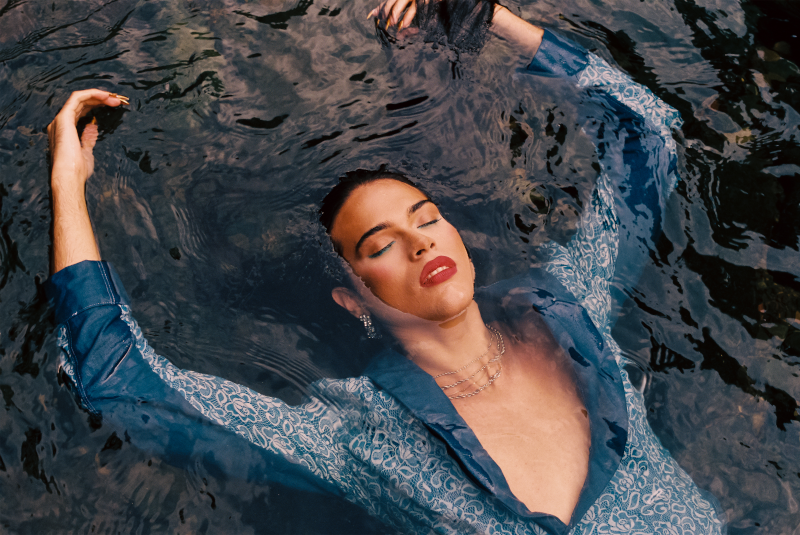
Opening: Sept. 8, 2022
German Vazquez’s work is about the stories of the Queer (Cuir) community, who are often targeted and hunted in colonized lands. The work documents real-life human beings in danger because they live where they are not welcome, loved, or protected! Because nature is a safe place–away from the hatred and the constant religious oppression the artist photographs in the wilderness and creates a safe space where his subjects can feel free, confident, and sexual and express their gender identity.
DALIA AMARA

Opening and discussion: May 5, 2022
Dalia Amara is an American-Jordanian visual artist working in photography, video, performance and sculpture. Dalia was raised in the U.S., Jordan, Egypt, Qatar and United Arab Emirates. She earned her Master of Fine Arts in Photography, Video and Related Media from the School of Visual Arts, New York, and her Bachelor of Fine Arts from Columbia College Chicago.
Amara’s work is influenced by the cultural whiplash she experienced in her childhood and adolescence moving back and forth between the Midwestern U.S. and the Middle East. She felt like an alien observer, attempting but failing to fully assimilate. Amara uses this feeling of the familiar but alien to question societal ideals and how they are at times in opposition to the individual self. She is concerned with examining our relationships with power, desire, beauty, domesticity, femininity and mortality.
2020
NELSON MORALES
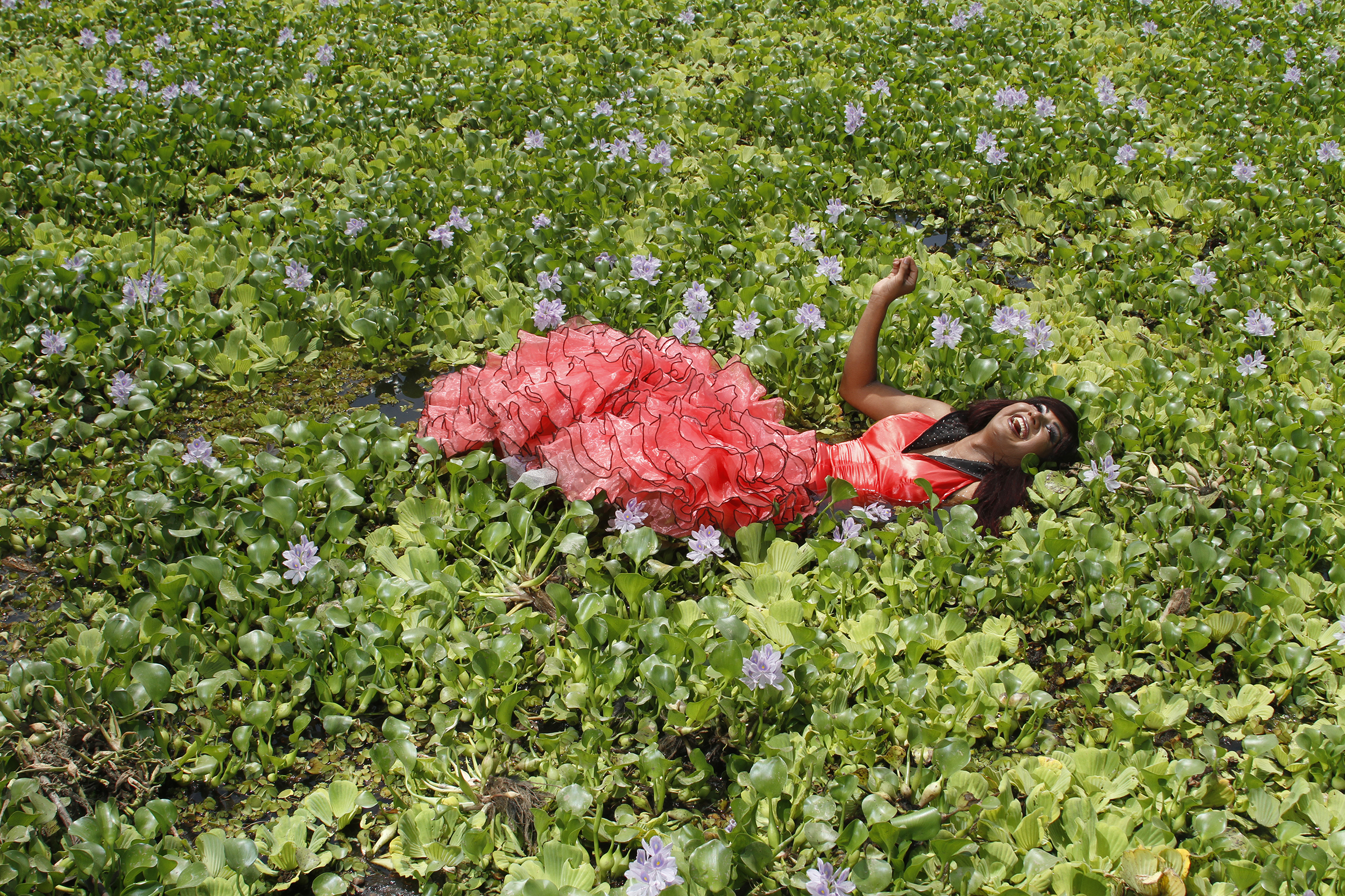
Exhibition: February 21 - March 22, 2020
Reception: February 27, 2020, 5:00 - 7:00 p.m.
Paradigm Lecture: February 27, 2020, 3:00 - 4:30 p.m.
“The Muxes of Oaxaca are considered to be the third sex in Mexico, they do not define themselves as homosexuals, they have surpassed this idea. They are rather considered to be a mixture between both genders, and people in a constant search for beauty.”
HILLERBRAND+MAGSAMEN

Exhibition: January 17 - February 16, 2020
“Hillerbrand+Magsamen are a collaborative artist family who has made a series of work called Devices where they transform everyday household objects into devices for emotional survival.”
2019
AMY GIESE
![Amy Giese - Untitled Chemical Painting [IC 70] from the series Infra Certum, unique silver gelatin tetraptych, 2019 Thumbnail](/sites/default/files/AmyGiese_InfraCertum__070_0.jpg)
Exhibition: November 8 - December 8, 2019
Reception: November 15, 2019, 5:00 - 7:00 p.m.
"There are intangible, invisible forces that shape our reality, from the intimate to the cosmic. I am interested in how an abstract language can help us talk about these large abstract concepts."
SANDI HABER FIFIELD
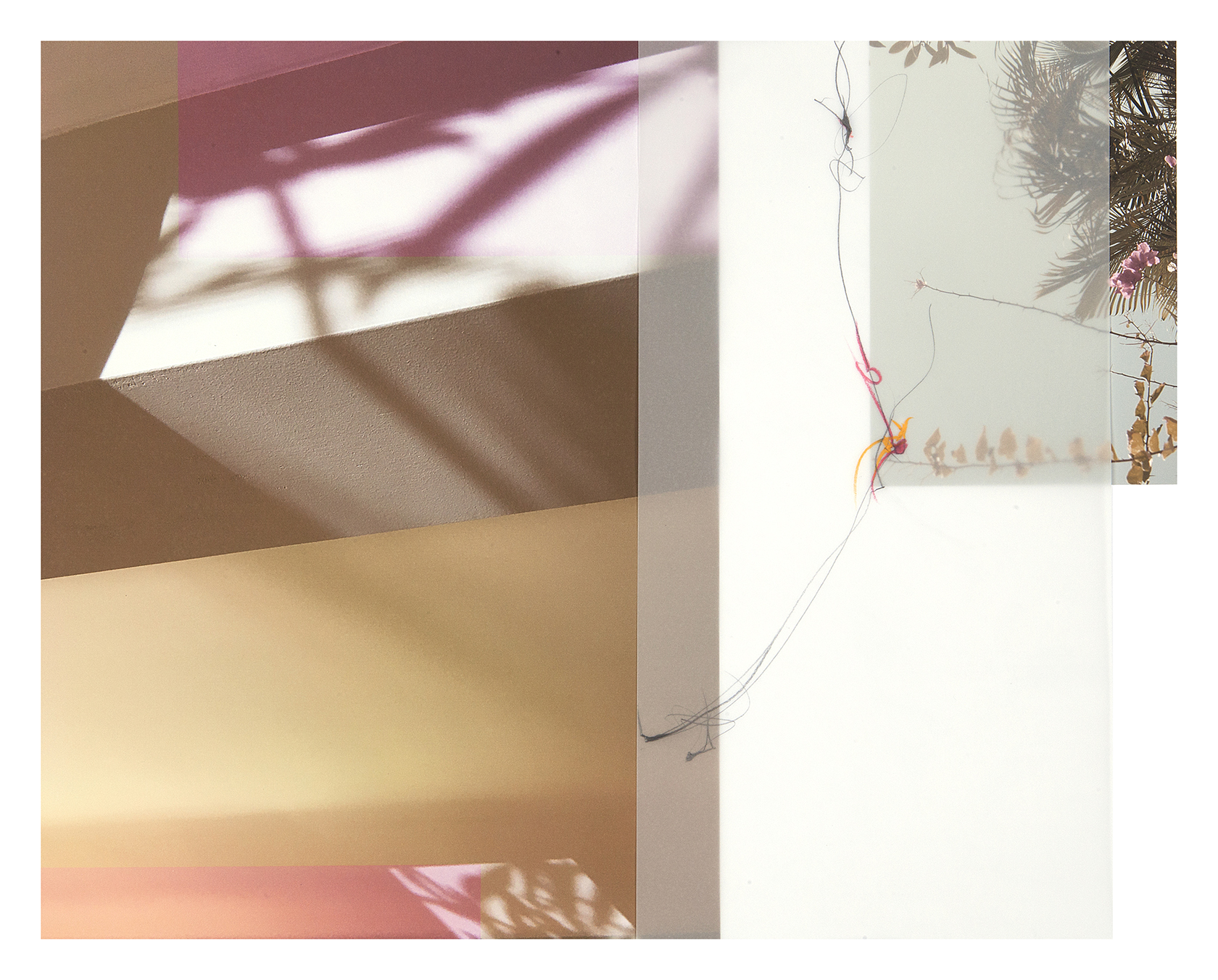
Exhibition: November 8 - December 8, 2019
Reception: November 15, 2019, 5:00 - 7:00 p.m.
“With her series LINEATIONS, begun in 2014, Haber Fifield has been expanding her photographic practice: a series that includes hand-drawn marks, layers of vellum, and other material interventions that interrupt the flat nature of the medium, driving the work into the realm of photo-based construction. No single material or conceptual element outweighs the other in LINEATIONS. The haptic and the visual combine into a compositional whole that is light on its feet and yet encourages conceptual investigation.”
CHRISTOPHER RUSSELL
Exhibition: November 8 - December 8, 2019
Reception: November 15, 2019, 5:00 - 7:00 p.m.
“Christopher Russell’s work comes from looking at the history of photography through the lens of its current conditions. It infuses a romantic handwork with mechanical reproduction to create otherworldly impressions of already well documented areas such as Oregon’s Columbia Gorge.”
JOHN CARLANO
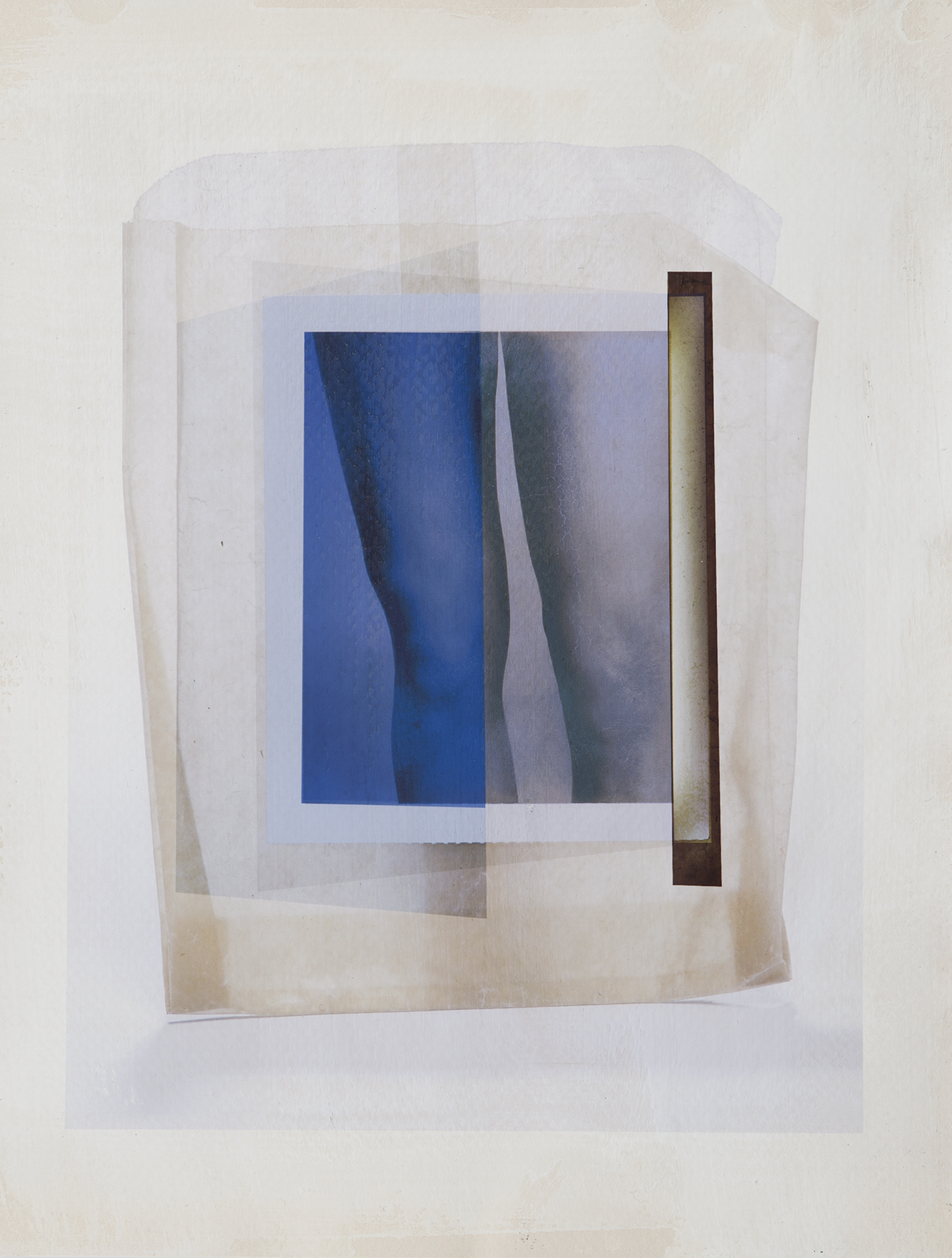
Exhibition: October 3 - November 3, 2019
Reception: October 3, 2019, 5:00 - 7:00 p.m.
Paradigm Lecture: October 3, 2019, 5:00 - 7:00 p.m.
“Proximities is a forty year retrospective view of the various photography based projects by Philadelphia photographer John Carlano. From early chemically stained and otherwise altered silver prints to current digital manipulations of studio based figure tableaus, the exhibition surveys this artists curiosities regarding what a photograph is and how the processes can be altered, played with.”
SHAWN THEODORE
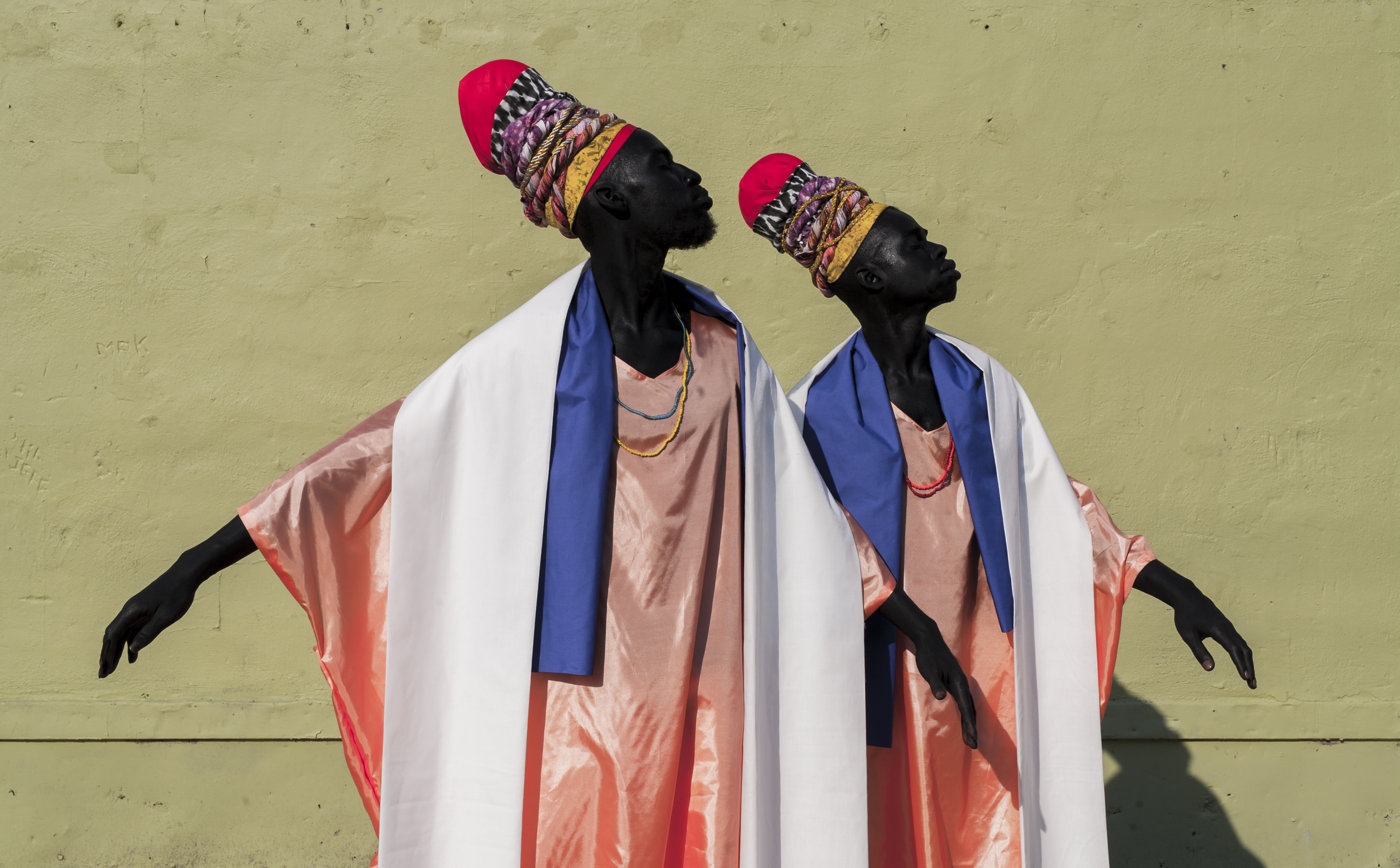
Exhibition: August 23 - September 29, 2019
Reception: September 26, 2019, 5:00 - 7:00 p.m.
Paradigm Lecture: September 26, 2019, 3:00 - 4 p.m.
“Shawn Theodore represents the new generation of contemporary visual artists who are using their gifts to combat negative stereotypes and foster images that reaffirm and empower. In use of his third eye, he makes his subjects who are all too often deemed invisible, not only visible, but relevant in a world where people of color are projected as unimportant, and irrelevant. His mastery of light and composition are evident in all of his stunning and insightful creations.” - Jamel Shabaz
Lecture Only
STEPHEN FOSTER
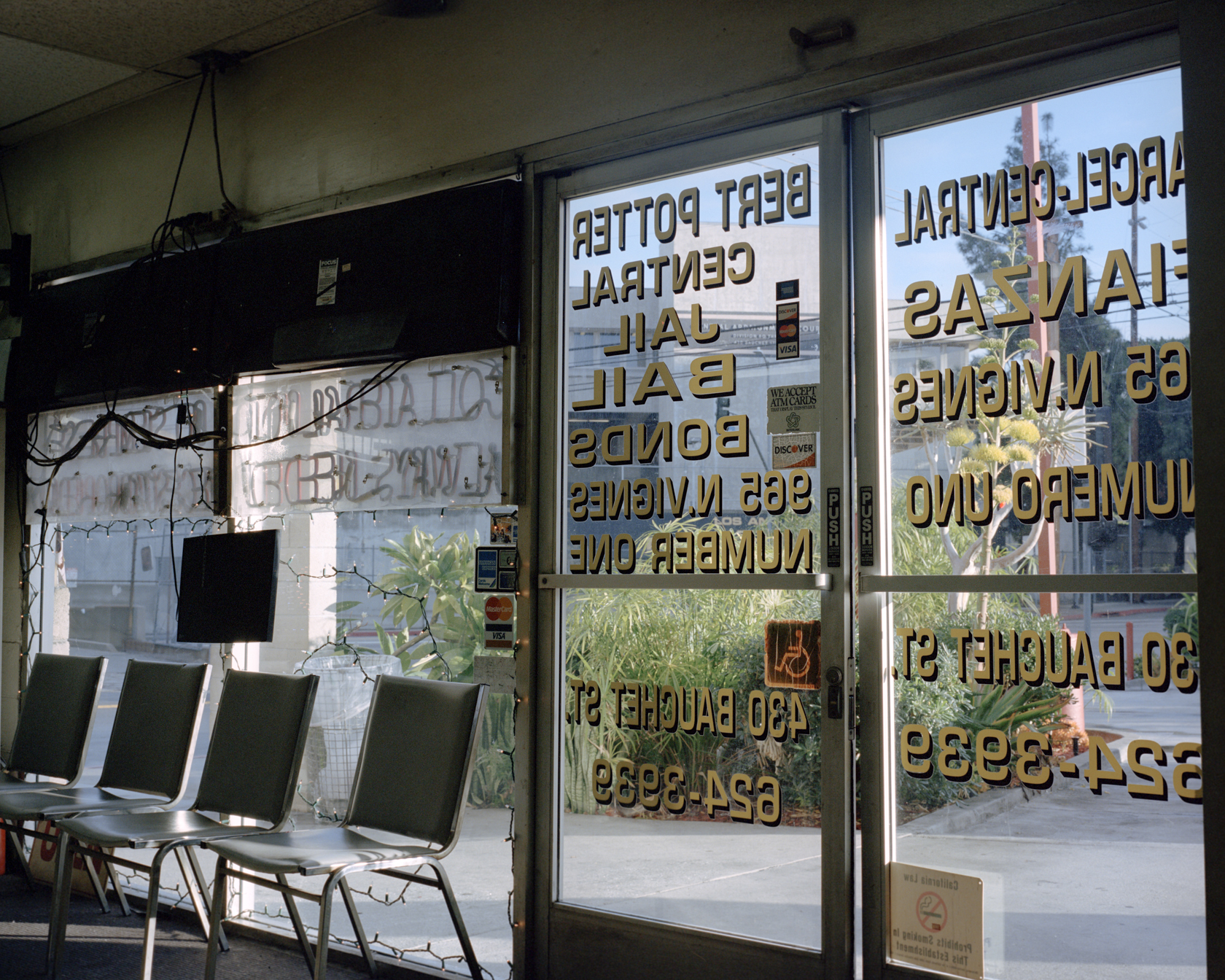
Paradigm Lecture: February 6, 2020, 1:00 - 2:30 p.m.
“Steph’s work is an examination of the prison industrial complex in the United States and its many tentacles that make incredible sums of money from the mass incarceration of a population consisting primarily (and disproportionately) of Black, Indigenous and Hispanic people. At its core, Foster’s work seeks to decodify Black suffering like what we are continuously bludgeoned with in popular media.” - Niama Sandy
